Choosing Your First Tarantula
Embarking on the journey of tarantula ownership can be an exciting experience. However, before bringing a furry friend home, it’s crucial to understand the basics of basic tarantula care. This guide will equip you with the essential knowledge to ensure a healthy and thriving pet. Careful consideration and planning are vital for the well-being of your new pet. Understanding the different species, their specific needs, and the commitment required is the first step towards successful tarantula ownership. Researching these magnificent creatures will significantly enhance your ability to provide optimal care.
Selecting the Right Species
Not all tarantulas are created equal, and some are better suited for beginners than others. The selection process should prioritize species known for their docile nature and ease of care. Some excellent beginner species include the Chilean Rose Hair (Grammostola rosea), the Mexican Red Knee (Brachypelma hamorii), and the Pinktoe tarantula (Avicularia avicularia). These species are relatively hardy, have manageable temperaments, and are readily available. Research the specific needs of each species to ensure you can provide the appropriate environment.
Consider size and temperament
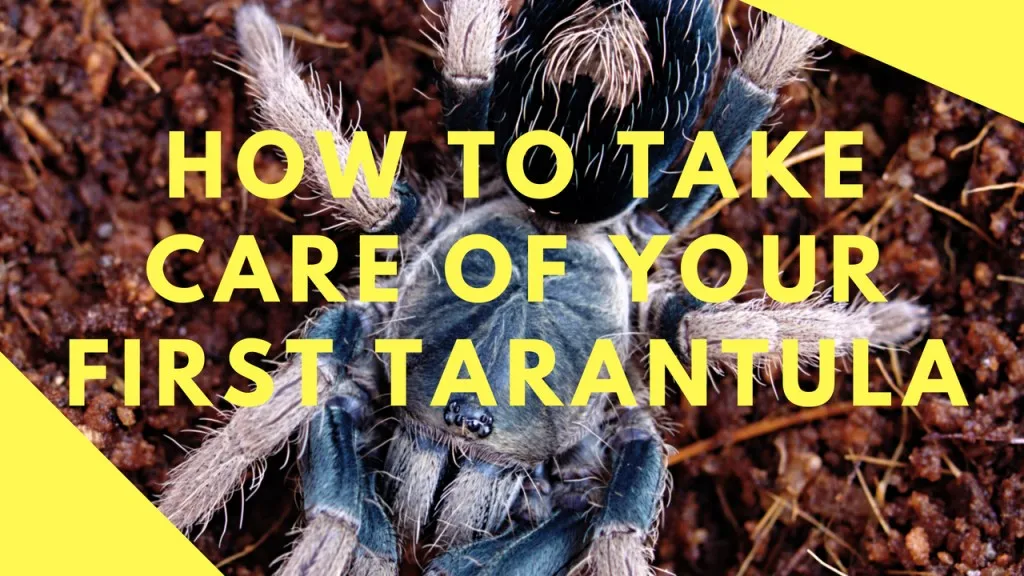
When choosing your first tarantula, consider the adult size of the species. Larger tarantulas require larger enclosures, which may necessitate more space and resources. Additionally, the temperament of a tarantula plays a significant role in the experience. Some species are more skittish and prone to defensive behavior, while others are generally calmer. It is critical to opt for species known for their docile nature to ensure a safer and more enjoyable experience for both you and your pet.
Researching common species
Before purchasing any tarantula, thoroughly research the specific species you’re considering. Learn about its natural habitat, dietary requirements, and specific environmental needs. Understand the average lifespan of the species, as this is a significant commitment. Many tarantulas can live for several years, so be prepared for a long-term responsibility. Consult reputable sources, such as experienced tarantula keepers or online forums, to gather information and gain insights into the species’ unique characteristics and potential challenges. This preparation will help you anticipate and address the specific needs of your chosen species.
Setting Up the Tarantula’s Enclosure
The enclosure is a tarantula’s home, and setting it up correctly is crucial for its well-being. The enclosure should provide a safe and comfortable environment that mimics the tarantula’s natural habitat. Proper setup not only contributes to the tarantula’s health but also makes it feel secure, reducing stress and promoting normal behaviors. A well-designed enclosure also enhances your ability to observe and interact with your pet while facilitating essential maintenance tasks.
Choosing the Right Tank

The size of the enclosure should correspond to the size of the tarantula. As a general rule, the enclosure should be at least three times the tarantula’s leg span in width and length. For terrestrial species, a wider enclosure is more important than a tall one, while arboreal species benefit from height. Ensure the enclosure is made of a material that is escape-proof, such as glass or acrylic, with secure ventilation. Avoid materials that may be harmful, such as treated wood, and opt for a substrate that is appropriate for the tarantula’s species.
Substrate Selection
The substrate serves multiple purposes in the tarantula’s enclosure, providing a surface for the tarantula to walk on, burrow in, and regulate humidity. Choose a substrate appropriate for the species. For most terrestrial tarantulas, a mixture of peat moss, coconut fiber, and a bit of vermiculite works well. The substrate should be deep enough for the tarantula to burrow if it is a burrowing species. Keep the substrate slightly moist to maintain appropriate humidity levels, but avoid saturating it, as this can lead to mold and bacterial growth.
Temperature and Humidity Control
Tarantulas are ectothermic, meaning they rely on their environment to regulate their body temperature. Maintain the enclosure temperature within the ideal range for your tarantula species, usually between 75-85°F (24-29°C). Use a thermometer to monitor the temperature. Humidity levels also need to be maintained appropriately. The optimal humidity range varies by species, so research the specific requirements of your tarantula. Use a hygrometer to measure humidity. Adjust the humidity by misting the enclosure with water or providing a water dish.
Providing Hiding Places and Decorations
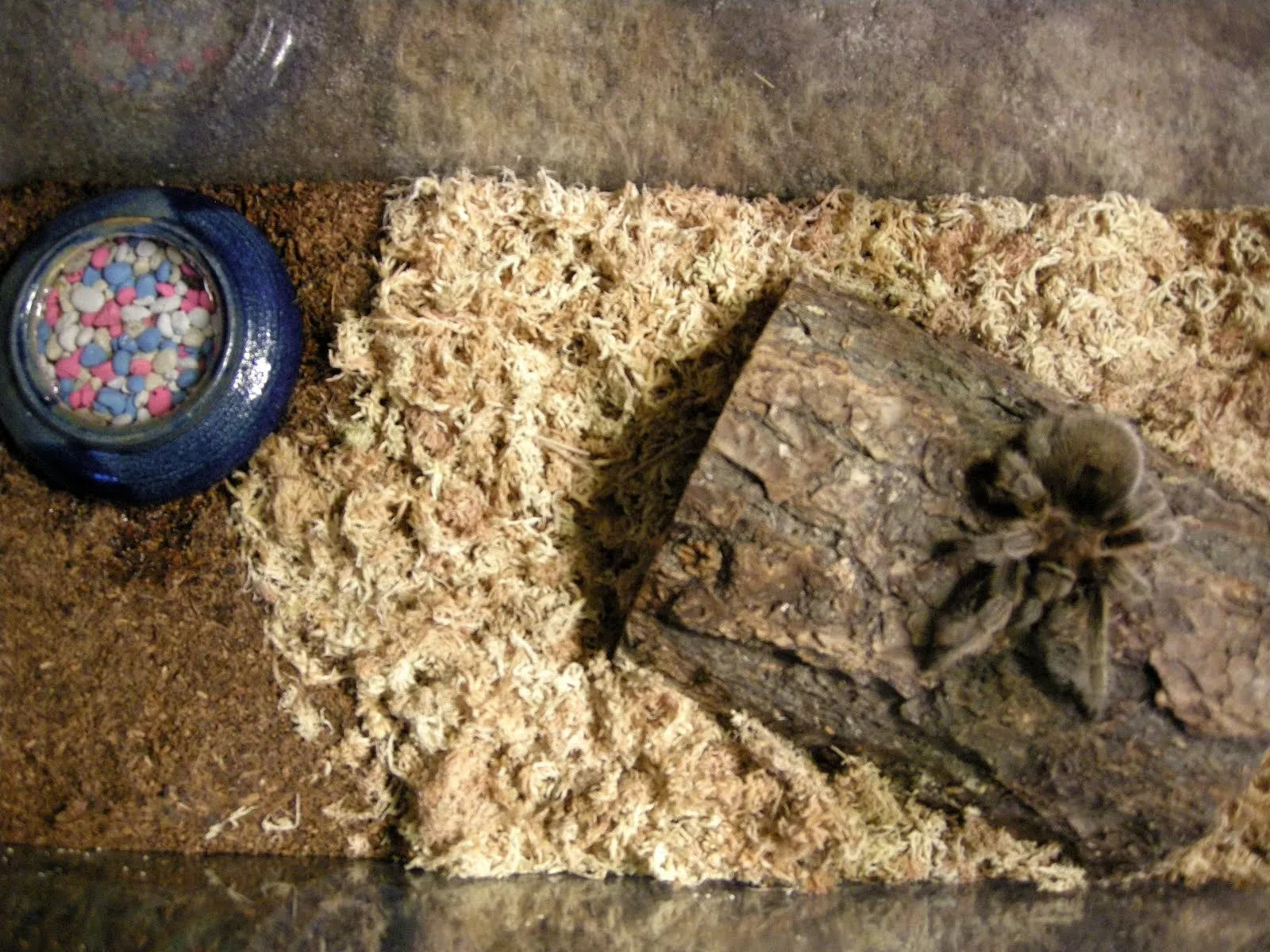
Tarantulas are shy creatures that need a place to hide and feel secure. Provide a hide, such as a half-log, cork bark, or a commercially available tarantula hide. The hide should be large enough for the tarantula to retreat into completely. You can also add other decorations, such as plants, rocks, or artificial foliage, to create a more natural and enriching environment. Be sure to secure any decorations to prevent them from falling and potentially harming the tarantula.
Feeding Your Tarantula
Feeding is a critical aspect of basic tarantula care. Understanding the dietary needs of your tarantula is essential for its health and longevity. Proper feeding habits, including the right types of food and frequency of feeding, contribute significantly to the overall well-being of your pet. An underfed tarantula may become weak and stressed, whereas overfeeding can also create health issues.
What to Feed Your Tarantula
Tarantulas are carnivores, and their diet should consist primarily of insects. Suitable food items include crickets, mealworms, roaches, and other commercially available insect species. The size of the prey should be appropriate for the size of the tarantula; a good rule is to choose prey that is no larger than the tarantula’s body. Ensure that the insects you provide are healthy and free from pesticides. You can supplement their diet with an occasional pinky mouse for larger tarantulas, but this should be done sparingly.
How Often to Feed

The feeding frequency depends on the tarantula’s age and size. Spiderlings and juveniles typically need to be fed more often, usually every few days. Adult tarantulas can be fed less frequently, often once or twice a week. Observe your tarantula’s behavior and body condition. A healthy tarantula should have a full abdomen. If the abdomen appears too thin, increase the feeding frequency. Conversely, if the tarantula refuses food, it may be in pre-molt or preparing to molt, in which case, stop feeding until the molt is complete.
Watering and Hydration
Providing a source of fresh water is essential for a tarantula’s health and well-being. Proper hydration is vital for all aspects of the tarantula’s life, from molting to overall metabolic functions. Maintaining the correct moisture levels is just as important as temperature and feeding. The availability of clean water is a simple but crucial aspect of basic tarantula care.
Maintaining Proper Hydration
Provide a shallow water dish with clean, fresh water. The dish should be accessible to the tarantula but shallow enough to prevent drowning. Change the water regularly, ideally every few days, to prevent bacterial growth. In addition to a water dish, you can mist the enclosure with water to help maintain humidity levels. However, avoid over-misting, as this can make the substrate soggy and lead to problems. Monitor your tarantula’s behavior and enclosure conditions to make sure it has easy access to water.
Cleaning and Maintenance
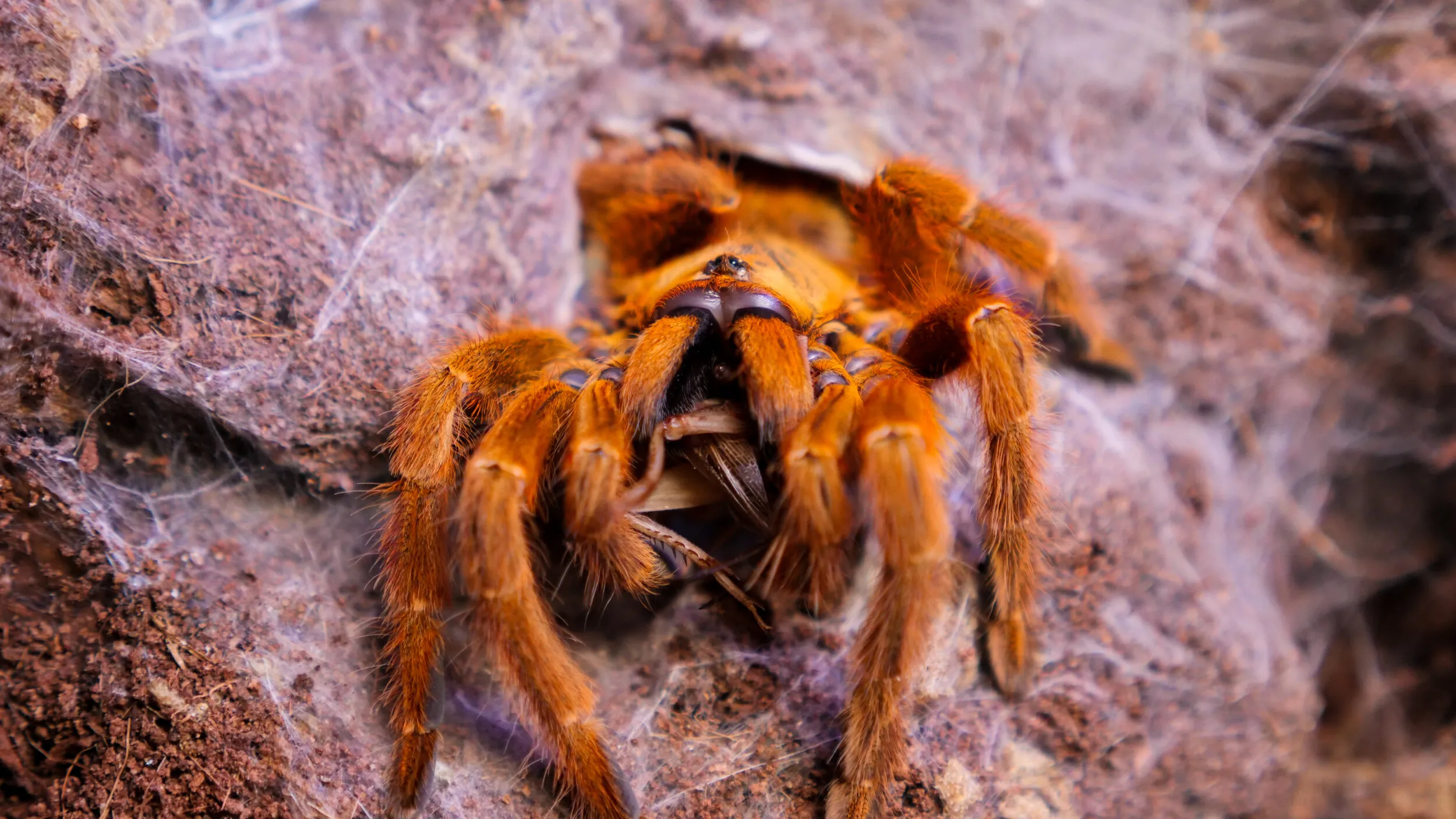
Regular cleaning and maintenance are essential for maintaining a healthy environment for your tarantula. This includes removing any uneaten food, shed exoskeletons, and waste products. Proper sanitation prevents the buildup of harmful bacteria, mold, and other pathogens that could jeopardize the tarantula’s health. A clean enclosure promotes overall well-being and makes for a more pleasant viewing experience. Regular inspections will allow you to identify and address any issues quickly.
Regular Enclosure Cleaning
Spot-clean the enclosure weekly, removing any uneaten food, molted exoskeletons, and waste. Replace the substrate every few months, depending on the species and the size of the enclosure. During substrate replacement, remove the tarantula and place it in a temporary holding container. Thoroughly clean the enclosure with warm water and a mild, pet-safe disinfectant. Allow the enclosure to dry completely before replacing the substrate and returning the tarantula. Regular cleaning and maintenance minimize the risk of disease and promote a healthy environment.
Handling and Safety
Tarantulas are not typically meant to be handled frequently. However, understanding the basics of handling and safety is essential if handling becomes necessary, such as for cleaning the enclosure or checking on your pet’s health. It is always important to prioritize the safety and well-being of both the tarantula and yourself. Always exercise caution, and be mindful of the potential risks.
Safe Handling Practices
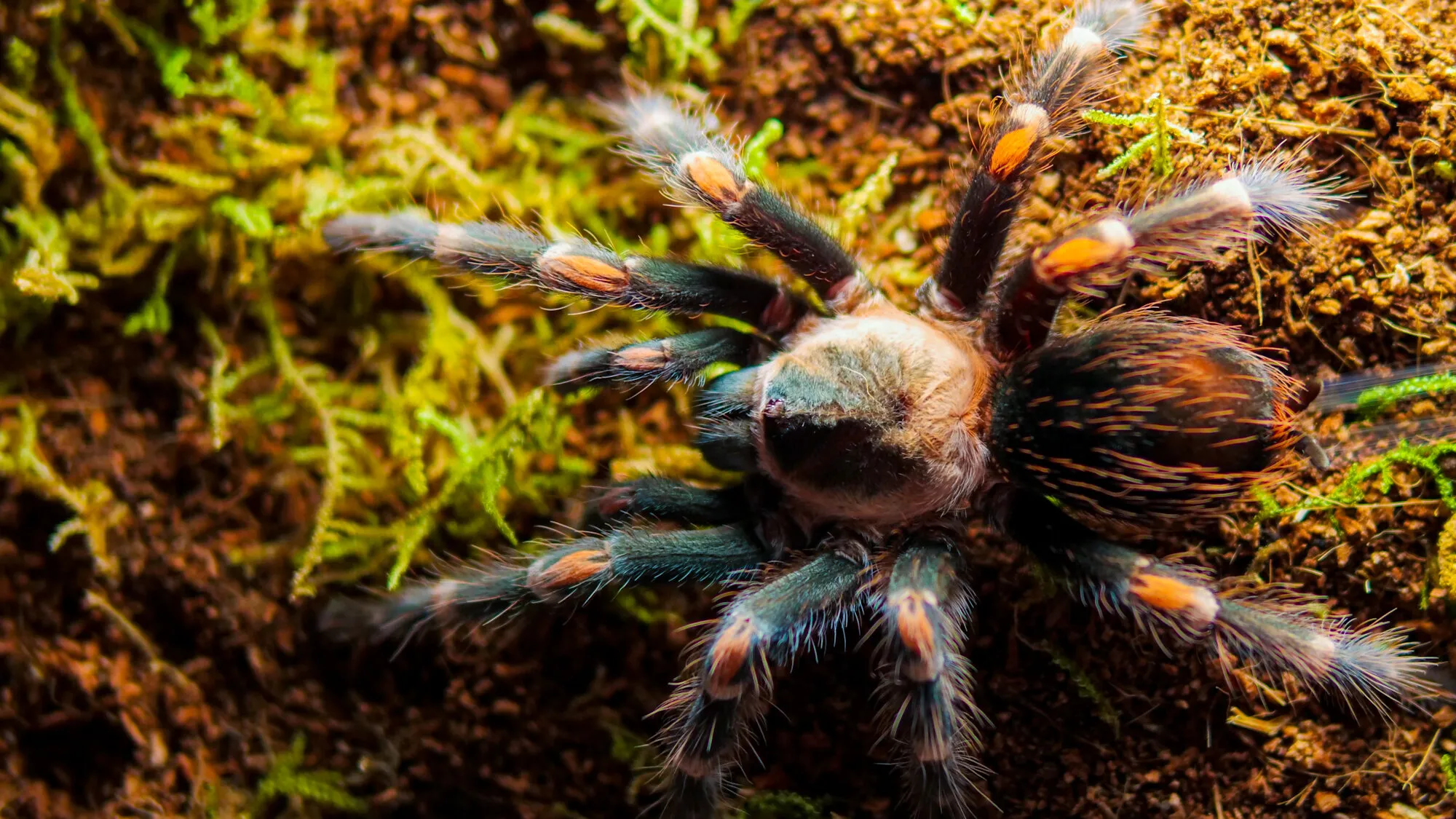
If you choose to handle your tarantula, do so with extreme caution. Handle the tarantula over a soft surface, such as a bed or the ground, to minimize the risk of injury if it falls. Avoid sudden movements and loud noises, which can startle the tarantula. Never force the tarantula to move; allow it to walk onto your hand. Wash your hands thoroughly before and after handling to prevent the transfer of bacteria or chemicals. Some tarantula species have urticating hairs, which can cause skin irritation. Avoid touching your face or eyes after handling.
Recognizing and Addressing Health Issues
Like all pets, tarantulas can occasionally experience health issues. Recognizing the signs of illness early on is important for providing prompt treatment and ensuring the well-being of your pet. Understanding the common health problems and knowing when to seek professional veterinary help is a critical aspect of being a responsible tarantula keeper. Early intervention can significantly improve the chances of a full recovery.
Common Tarantula Health Problems
Some common health problems in tarantulas include parasites, bacterial infections, and injuries. Parasites, such as mites, can infest the tarantula. Bacterial infections can result from poor hygiene. Injuries can occur if the tarantula falls or is mishandled. Look for signs such as lethargy, loss of appetite, unusual behavior, or physical abnormalities. Inspect your tarantula regularly to identify potential problems early. If you observe any concerning signs, consult with a veterinarian specializing in exotic pets or an experienced tarantula keeper.
When to Seek Veterinary Help
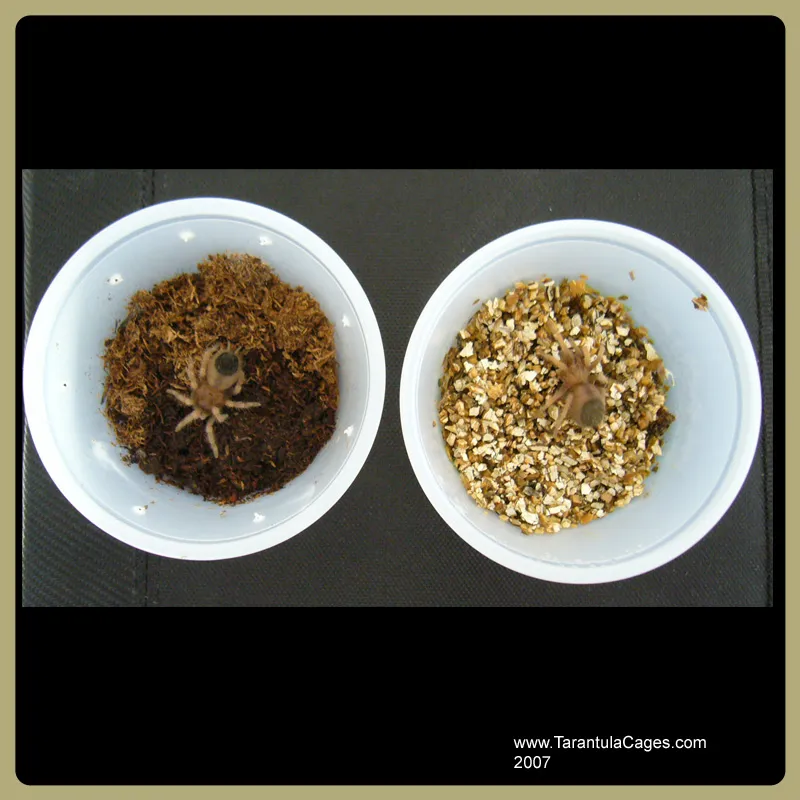
It is important to seek professional veterinary care if you observe any serious health issues in your tarantula. Signs that warrant veterinary attention include persistent loss of appetite, inability to molt, paralysis, or any unusual physical symptoms. Not all veterinarians have experience with tarantulas, so it is helpful to find a veterinarian who specializes in exotic pets. Providing the veterinarian with detailed information about your tarantula’s species, environment, and any observed symptoms will assist in a proper diagnosis and treatment plan. Prompt veterinary care can significantly improve the chances of a successful recovery.
Caring for a tarantula can be a rewarding experience. By understanding the basics of care, including enclosure setup, feeding, hydration, and health maintenance, you can ensure your tarantula lives a long and healthy life. Remember to research the specific needs of your chosen species and to remain patient and observant. With proper care and attention, you can enjoy the unique companionship of these fascinating creatures.
